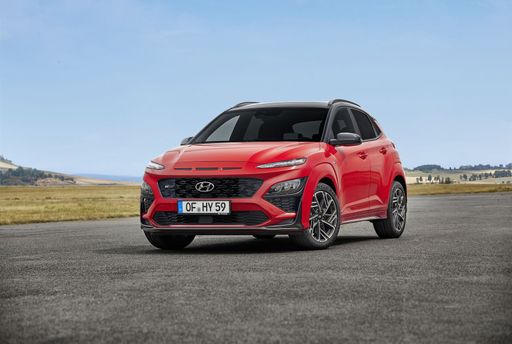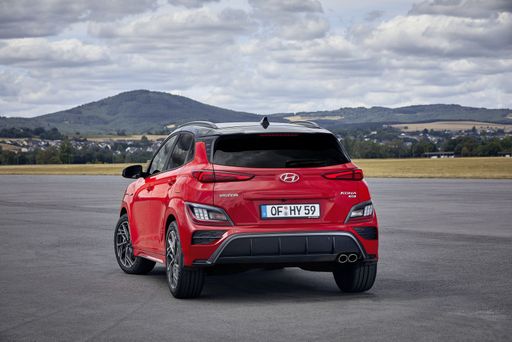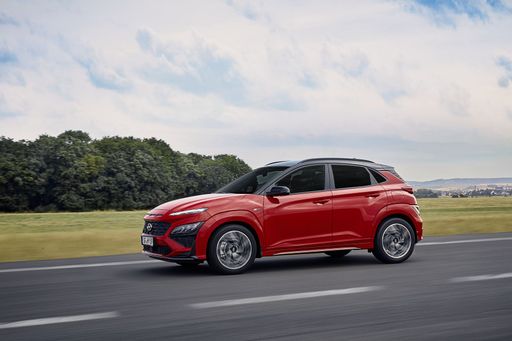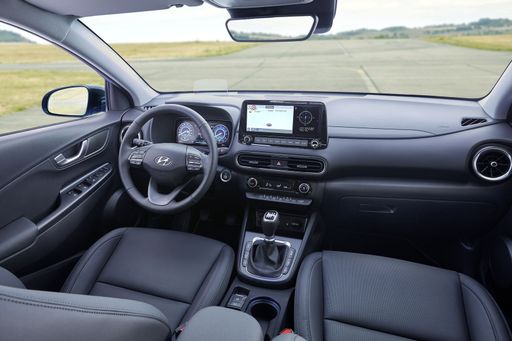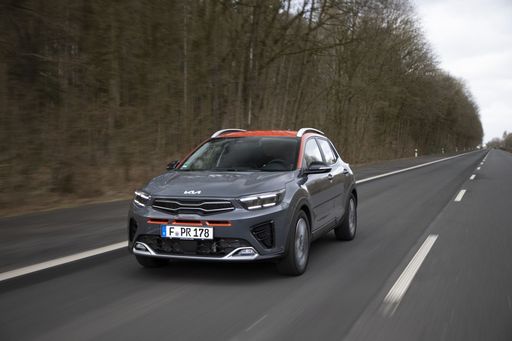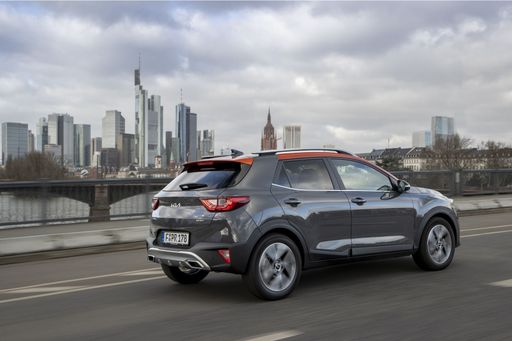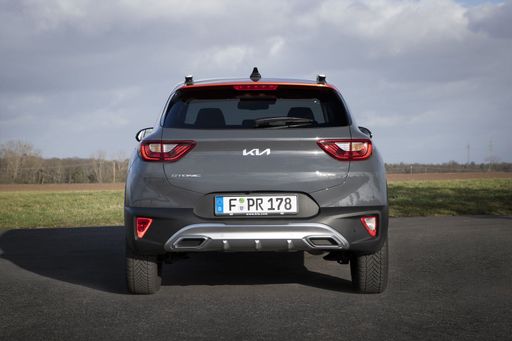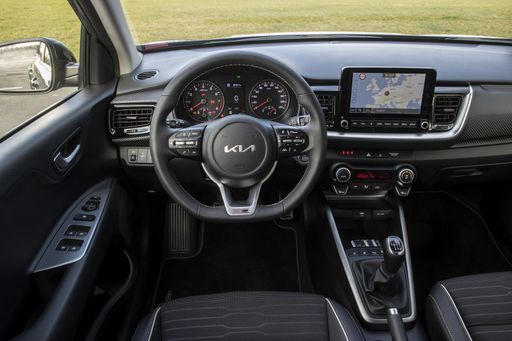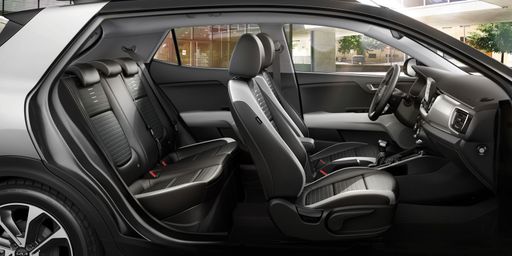The Battle of Compact SUVs: Hyundai Kona vs Kia Stonic
When it comes to compact SUVs, the Hyundai Kona and Kia Stonic have emerged as two of the most competitive offerings on the market. Both models showcase innovative engineering, sleek styling, and a host of features designed to meet the needs of modern drivers. In this article, we’ll delve into a comprehensive comparison of these two vehicles, highlighting their technical specifications, innovations, and performance aspects to help potential buyers make informed decisions.

